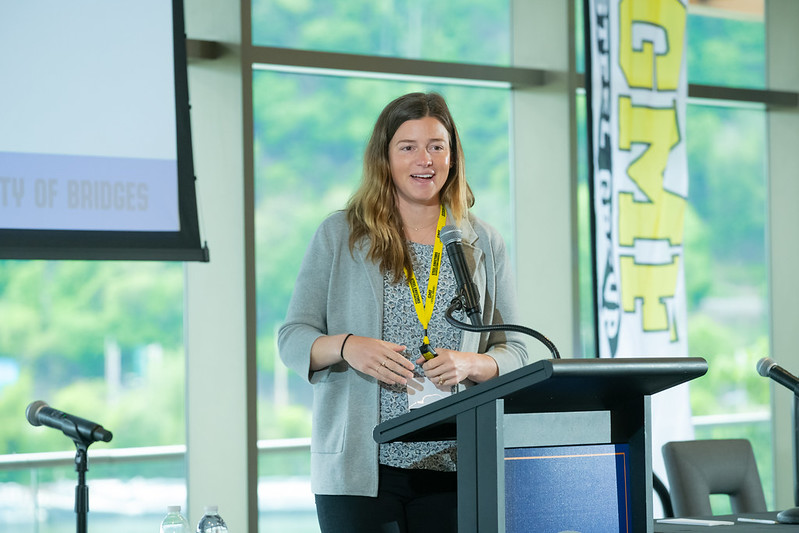
4 minute read
Rewriting Workflows with Digital and AI Tools, Part 2
By Claire Wilson, Siteline
Contractors are increasingly operating on digital platforms and using artificial intelligence for operations. These tools are reshaping everything from estimating and project management to workforce training and safety monitoring. Embracing technology can lead to greater efficiency, better decision-making, and a more competitive edge, especially for small and mid-sized firms looking to scale smartly.
However, success depends on more than just adoption; it also requires a thoughtful approach to integration, data management, and security. Together, these articles offer perspectives on the positive aspects of these modern tools. (See Management article, page 18, on how this explosion of data must be managed correctly to improve cybersecurity.)
AI and the Human Touch
The steel erection industry stands at a crossroads. While artificial intelligence (AI) promises to revolutionize how contractors approach complex projects, the specialized skills that define the trade remain irreplaceable. The question isn’t whether AI will impact erectors and ironworkers—it’s how contractors will harness its power while preserving the human expertise that built this industry.
Steel erectors are already witnessing AI’s practical applications across the design and construction phases. In the design realm, several platforms are making an impact:
• SkyCiv Structural 3D uses AI algorithms for automated load calculations and structural optimization.
• Pathw.ai specializes in smart steel structure detailing.
• SketchDeck.AI’s LIFT automates data extraction from drawings to create bills of materials. On the construction side, Versatile's CraneView™ system uses an IoT sensor device mounted to crane
hooks that leverages AI to learn and classify each item picked, capture weights, and record cycle times. This provides teams with comprehensive crane utilization data through live feeds and automated reporting.
Quality control and risk management also have evolved significantly.
• AI solutions like OpenSpace Capture can analyze photos from hardhat cameras and drones to visualize job progress, reduce potential hazards, and solve problems on the fly.
• Predictive maintenance systems can track the performance of various construction equipment, identifying needs before failures occur.
• Contract review tools, like First Rule and Document Crunch, help identify risks and optimize terms before projects start.
Achieving the Right Balance
Steel erection will always require the irreplaceable human touch. No algorithm can replicate an ironworker’s ability to read wind conditions, assess structural behavior during lifting operations, or make split-second safety decisions. The intuition developed through years of experience—knowing when something "feels wrong"—cannot be programmed.
AI excels at processing data and identifying patterns, but humans provide the critical thinking and contextual understanding that ensure safe, successful projects.
The future of construction lies in "responsible automation"—strategically integrating AI to enhance productivity while maintaining human oversight and decision-making authority.
This requires:
Strategic Implementation: Identify specific inefficiencies where AI can add value without compromising safety or quality. A good place to start? Historically error-prone or manual processes, like scheduling optimization, material tracking, and payment application management.
Comprehensive Training: Invest in programs that help crews understand and work effectively with AI tools. Most software vendors provide training resources that ensure smooth adoption.
Clear Goal Setting: Define measurable objectives for AI implementation, whether reducing project duration, improving safety metrics, or optimizing resource allocation.
Continuous Evaluation: Regularly assessing AI performance against preset goals and adjusting strategies accordingly. Technology should evolve with company needs, not dictate them.
Respect the Art & Science
The steel erection industry has thrived for generations through technical expertise and adaptability. As contractors embrace AI's capabilities, the key is remembering that technology works best when it amplifies human expertise rather than replacing it. Ultimately, the balance between AI and human expertise isn't just about technology—it's about respecting what makes steel erection both an art and a science. •

Claire Wilson is the co-founder and COO of Siteline, the only pay app management software for subcontractors. Previously, Claire was a project manager on large projects at Tishman Construction in New York City. Her experience gives her perspective into construction billing and why contractors need software specific to their workflows.









